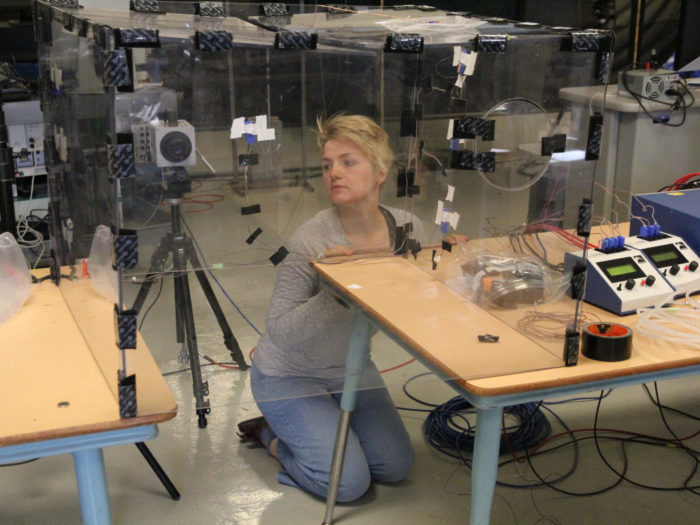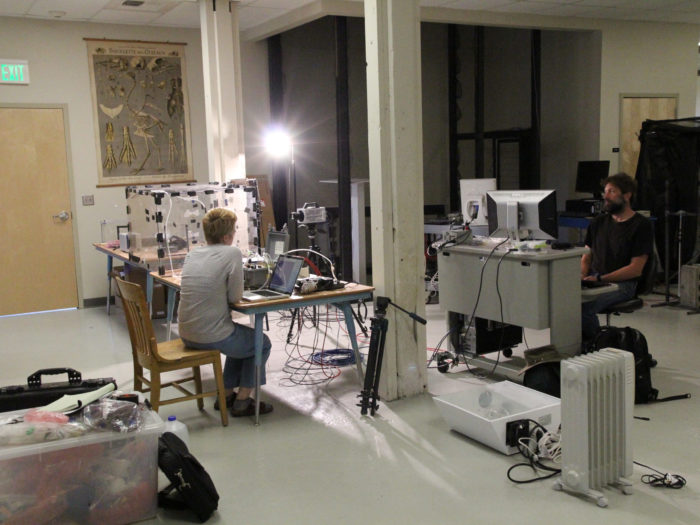Just returned from Dr. Bret Tobalske’s lab at the University of Montana. This was our first trip into the field this year. Along with research student Emma Bloomquist we collected infrared thermography, hovering metabolic rate, evaporative water loss, and particle image velocimetry data at both high and low temperature. We will use these data to determine 1) if hummingbirds can compensate for the loss of passive heat dissipation with evaporative heat dissipation at high temperatures during hovering, and 2) if hummingbirds can balance their heat budgets at high temperature during hovering. We also collected data for a side project….study to see if hummingbirds can dissipate heat via their bill. Now, on to analysis!
 Nature
Nature- Major AI conference flooded with peer reviews written fully by AI November 27, 2025
- Large language models are biased — local initiatives are fighting for change November 27, 2025
- A structured system: the secrets of Germany’s scientific reputation November 27, 2025
 Science
Science- ‘Superarm’ helps male octopuses deliver sperm to females November 26, 2025
- Russia’s plan for ‘colossal’ science spending boost faces skepticism November 26, 2025
- Who built a mysterious ancient city in western China? November 26, 2025
 AJP – Regulatory, Integrative and Comparative Physiology
AJP – Regulatory, Integrative and Comparative Physiology- Short-finned pilot whales modulate surfacing and breathing patterns more strongly in response to dives than in anticipation November 26, 2025
- Biological aging and sex differences in cholinergic sweating: From young adults to the elderly in their 80s and beyond November 25, 2025
- Modeling the effect of glucagon on endogenous glucose production in healthy individuals under meal-like conditions November 21, 2025
Powers Lab Links









